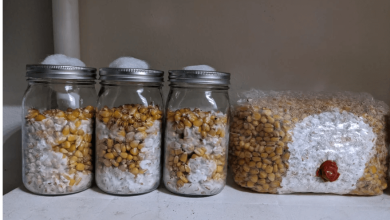where are the stoners?- Alchimia Grow Shop
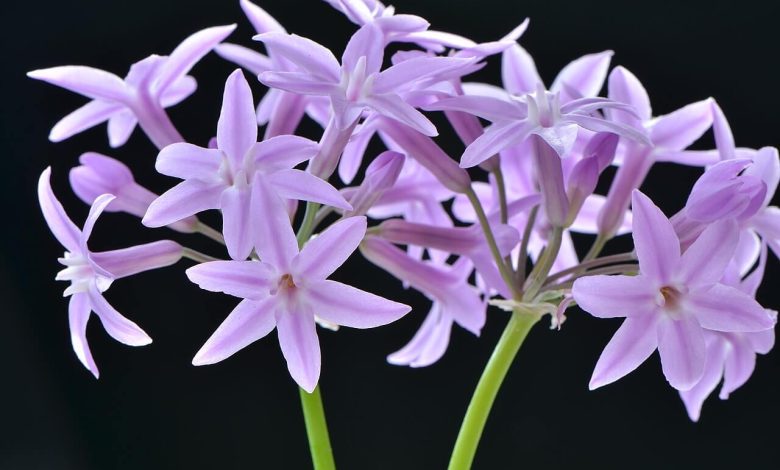
Going for a walk in parks and squares has that air of tranquility that connects us with nature and our urban environment: the rustling of the wind through the leaves, the chirping of birds, the happy merriment of children playing, and suddenly…boom! That aroma that is as recognizable as it is difficult to hide. Yes, the one that makes you frown and raise an eyebrow while you think: “Is someone really smoking a joint here in broad daylight?”
But wait a minute, because the answer might surprise you: what you smell is not cannabis, but innocent plants that, due to the nature of things, smell like the queen of a reggae festival. Today we tell you about some cases where this penetrating smell has sown doubts and suspicion among neighbors and passers-by before the true origin of such a stench was discovered…
The guilty plants: “camouflaged” botany
While marijuana has an aroma that many would instantly identify, there is a small club of plants with olfactory camouflage abilities that have nothing to do with it, but that might win the award for the biggest confusion in a park. Among the most notable is Tulbaghia violacea, also known as “social garlic.” Ironically, this plant smells neither like garlic nor anything else culinary, but instead, it releases an aroma that more than one urbanite with little knowledge of botany might mistake for a hit of good cannabis.
But Tulbahia is not alone in this club. In the same team of “controversial” fragrances we find Catnip (Nepeta cataria), known for driving cats and, apparently, human noses crazy; Lantana Camara, which is as colorful as its scent is disconcerting; Houttuynia Cordata, also called “chameleon plant” and which seems to have made a pact with marijuana to sow confusion in public squares. Cleome (Cleome spinosa), St. John’s Wort (Tagetes minuta) and even Salvia Divinorum could also be part of this select and aromatic club.

The phenomenon in action: “suspicious” places in Spain
The violaceous tulbahia, which is the main character of this story, has several places where it displays its peculiar fragrance, to the bewilderment and even indignation of some neighbors. If you have been to any of these places, you have probably experienced that moment of doubt between looking for the source of such a blatant smell or simply laughing at the misunderstanding:
Alameda Park, Santiago de Compostela
This iconic park in the heart of Santiago, on Avenida Compostela, is famous for its views and tranquility, but also for the unmistakable “herbal aroma” that floats in the air and has caused much suspicion among people who visit it, especially at the end of summer and beginning of autumn. No, it’s not students celebrating the end of exams; nor is it a reggae festival, nor is Snoop Dogg visiting the city; the culprit here is our well-known tulbahia violacea, which perfumes the atmosphere and confuses more than one curious tourist (and neighbor).
The issue of the smells in this park caused such a stir that an investigation was started to clarify the facts; Miguel Serrano, a researcher from the Department of Botany at USC, finally found the source of this peculiar aroma and told La Voz de Galicia his conclusions:
« Species of the Tulbaghia genus emit a garlic-like aroma, related to the presence and degradation of the sulfur-containing amino acid cysteine into volatile organic compounds, which are therefore sulfur compounds. According to various studies, the characteristic smell of marijuana is also partially related to that of alliaceous plants, although with its own nuances, since it is due, precisely, to various volatile sulfur compounds. There may be an aromatic connection. »
Mystery solved!
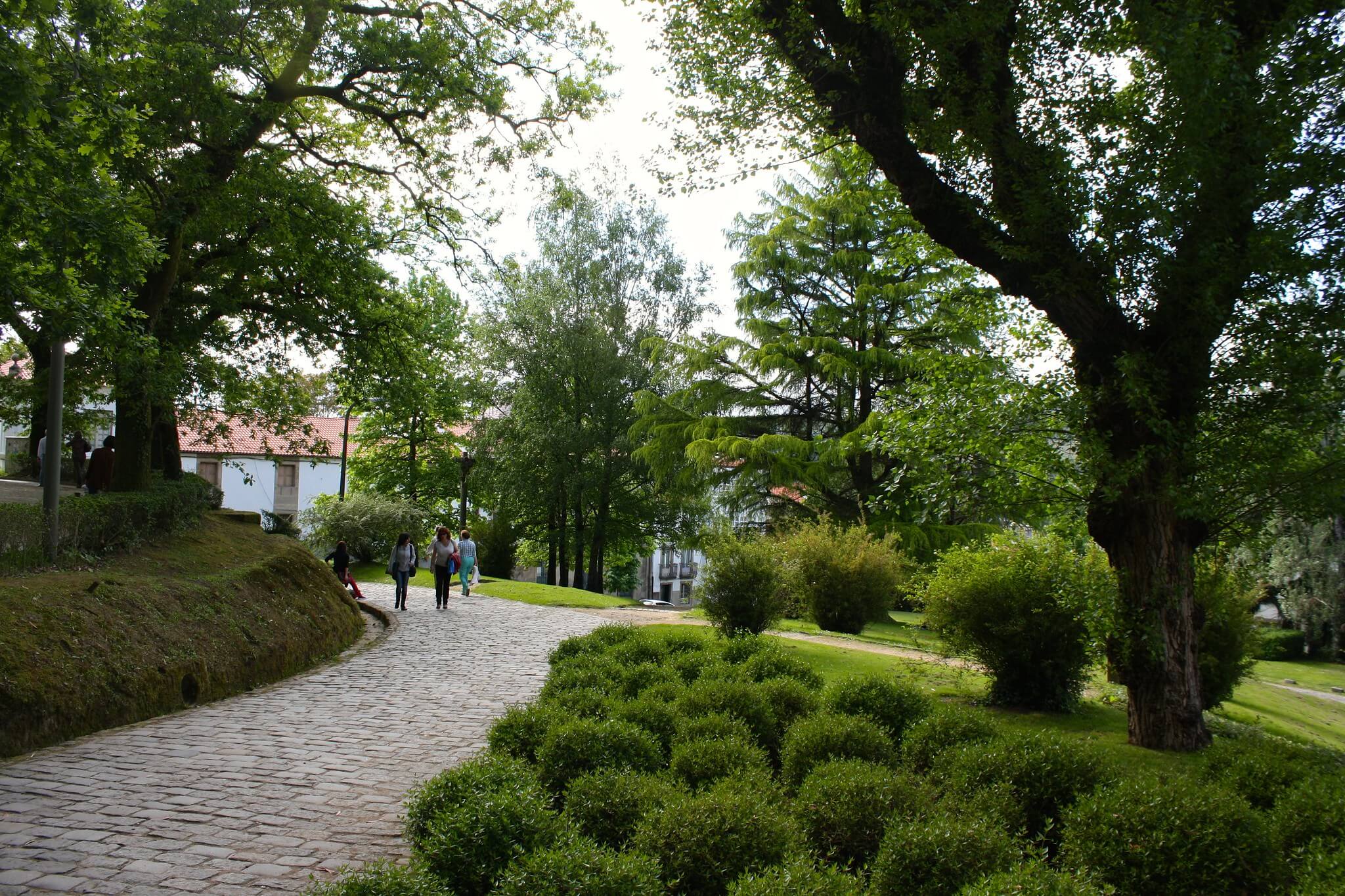
Fish Market Square, Castellón
In this charming square, tourists might think that Castellón has a radically green tolerance policy, the Spanish Amsterdam, in other words. But no, here too it is the purple tulbahia doing its thing. Located next to Castellón’s town hall, in this square a statue by Juan Adsuara was placed in 1935, known as the “statue of the artists”, where nymphs hold a large basin of water that flows through four decorative heads that top it.
However, the strong smell is not coming from the statue, nor are the nymphs smoking a joint; in fact, the “problem” comes from some of the plants surrounding the figure of the nymphs, which as you may already suspect is our friend tulbaghia violacea, which continues to spread suspicion and confusion wherever it grows. So now you know: if you see someone sniffing around with an indignant and suspicious face, invite them to admire these beautiful plants instead of worrying about who is smoking joints next to the Town Hall.
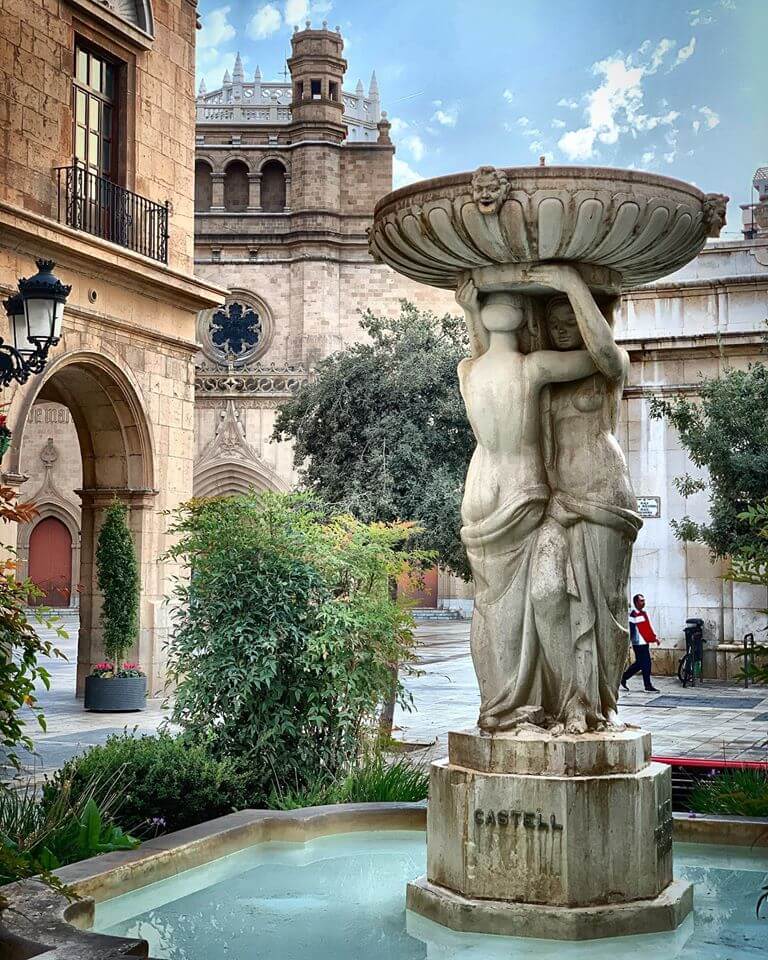
Garden area by Manuel Murguía, A Coruña
In this area of A Coruña, located between the Pavo Real roundabout and the famous Riazor stadium, the tulbahia has found an ideal place to deploy its strategy of confusion and olfactory camouflage on a median strip that separates both directions of traffic. It is common to see pedestrians sniffing the air with some confusion, while the neighbors are already used to it and even joke about it: ” The most illegal thing here is to cross on a red light,” they say.
Once again, the culprit of this curious situation is the Tulbaghia violacea, a plant that, as we can see, continues to confuse locals and foreigners alike, which must be quite a few given the location of the flowerbed where it grows, just a few meters from the Riazor stadium and right in front of the Conservatorio Superior de Música de Coruña.
A natural accident or a master plan?
Why do these plants smell like that? While botanists probably have a serious scientific explanation, we can’t help but think that nature is simply playing a prank on us. Maybe these plants want to join the cool “green-conscious” movement, or maybe they’re just looking to get our attention so we can include them on our favorite species lists.
Tulbahia, in particular, is not even related to cannabis beyond its aroma. It is an ornamental plant from the Amaryllidaceae family, native to South Africa, and is grown for its hardiness and its pleasant – and also controversial – smell. However, we cannot deny that it has caused more than a few misunderstandings, especially among those with overly sensitive noses or minds prone to imagination.
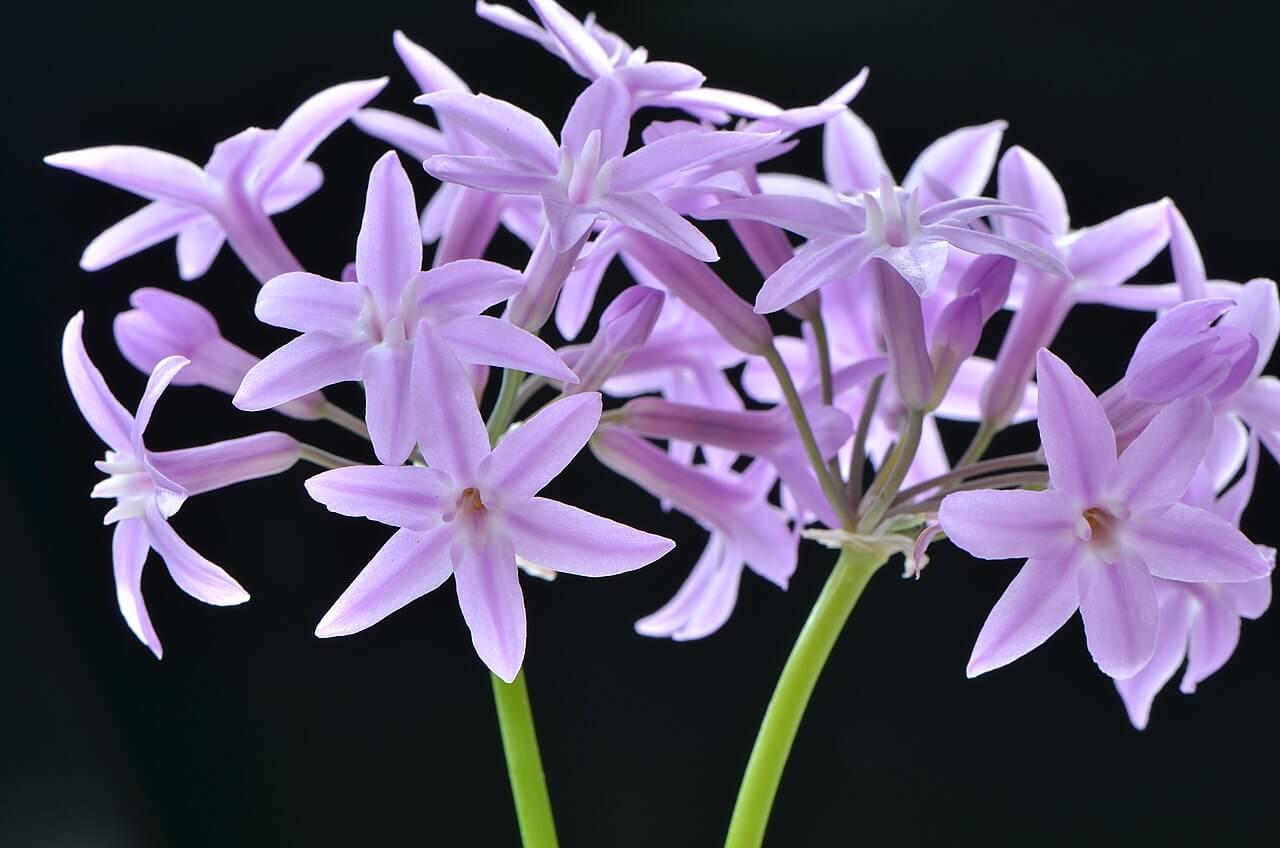
Next time, blame the bush
So there you have it. Next time you smell that unmistakable scent of marijuana in a public space, don’t be so quick to blame the student with a backpack or the group of friends chatting on a bench. Chances are, it’s one of these “camouflaged” plants that are responsible, just doing what they do best: perfuming the air and confusing people.
And if you see someone sniffing around suspiciously, share this botanical fact with them. Not only will you have solved the mystery, but you might even get a laugh out of them. After all, what would a walk in the park be without a bit of humor and good vibes?
Happy walking!


